By John Klar, Contributor, The MAHA Report
On the evening of February 3, 2023, a freight train carrying hazardous chemicals derailed in East Palestine, Ohio. Nearly three years later, the story of the people of East Palestine is still unfolding.
This horrific accident offers essential lessons about train safety, chemical remediation, government communication, and public policy. All of these issues impact making America healthy again, for they concern preventing future disasters and effectively responding to them.
Of the thirty-eight cars that left the tracks at 8:55 p.m. that night, eleven were tank cars that spilled an estimated 100,000 gallons of toxic chemicals, including vinyl chloride (a flammable gas), and flammable liquids benzene and butyl acrylate. Benzene and vinyl chloride are known human carcinogens. The decision by the EPA and state officials to ignite the chemicals in a “controlled burn” released these and other toxic substances (created through combustion) into the air in a gigantic plume that could be seen for miles.
National, mostly legacy media covered the train wreck, featuring images of a massive black cloud and terrified citizens. The disaster gripped citizens of every political stripe across the country. It especially resonated with Robert F. Kennedy Jr., who has fought against chemical companies for decades, and has also fought to protect people and the ecosystem from toxic exposures.
Kennedy visited East Palestine residents soon after the accident, well before announcing his presidential run. Officials from various state agencies and the EPA also arrived on the scene – although not quick enough for some people. Looking back on what officials did and didn’t do offers a learning opportunity.
Recently, East Palestine residents who lived through the train disaster appeared on the podcast Why Should I Trust You?, hosted by Brinda Adhikari and Tom W. Johnson. This forum was particularly appropriate, because Brinda advocated for the residents of East Palestine from very early on in the tragedy. The people on the podcast trust Brinda, and they trust Robert F. Kennedy Jr. (Disclosure: I requested that Brinda and Tom schedule this podcast for the purpose of accurately telling this story, and I participated in the call.) Yale School of Public Health researcher Nicole Deziel, who traveled to East Palestine soon after the tragedy to support the residents, also joined the panel.
Brinda and Tom guided listeners through several critical dimensions of the ongoing ordeal, which I will address in turn: what it was like for the citizens of East Palestine to endure such a crisis; the anxieties caused by the official response; and the political lens through which the response was viewed.
What the Residents of East Palestine Endured
A train wreck is bad enough without tankers full of lethal chemicals flooding the ground, then fires spewing clouds of thick black smoke, drifting over surrounding areas. Residents complained of sudden onsets of chronic nosebleeds, unexplained rashes, difficulty breathing, fatigue, persistent coughs, and other symptoms consistent with dangerous levels of chemical exposure.
Local officials asked everyone in East Palestine, a town of 4,000 residents, to evacuate while clean-up efforts were underway, but the surrounding areas were not warned as a toxic gray pall diffused over their homes and farms.
Stuart Day and his family live on a farm about six miles from East Palestine, and he watched the plume hover in his valley. With an infant and another child sheltering in a drafty old farmhouse, the Day family’s profound anxiety was compounded by a lack of any answers from the EPA.
[photo of Stuart Day]
Almost three years later, the clean-up has been largely completed but questions remain. Many homes are abandoned. Many residents experience PTSD and seek pharmaceutical relief from the panic they relive every time a train rolls through town. People are unsure whether to trust their well water, local foods, or government pronouncements about safety.
For those who want to leave, they feel stuck – it’s hard to sell a house on a de facto Superfund site.
Anxiety of the Unknown
There was official confusion at the outset of the crisis. Stuart Day explains on the “Why Should I Trust You?” podcast that the EPA and media initially did a poor job of advising residents. He and his family were not given clear instructions on whether or not they should evacuate. Day and his family felt local officials weren’t giving residents the full story.
Day related that the EPA said they didn’t find anything dangerous, but he says the EPA’s modeling shows the polluting plume moved northwest, when in fact it moved east. On the podcast, Day says this fact raised questions about whether government sampling was in the wrong locations, adding to concerns about whether they were sampling for by-products or constituent chemicals created by incineration. His sentiment expresses the feelings any citizen would experience in such a scenario – “I’m not a scientist, so I am looking to scientists to answer these questions.”
[Left: Nicole Deziel, Yale School of Public Health; and, Right, Elizabeth Frost, MAHA Ohio, in East Palestine, OH]
Yale’s Nicole Deziel explained her sympathies for both sides: citizens want answers, but scientists are bound by caveats that they not oversimplify complex issues or make statements of certainty without evidence to support them. This was apparent when podcast participant Dr. Mark Abdelmalek asked Ms. Deziel point-blank, “Is the air and water in East Palestine safe now?”
Deziel had a prior relationship with the area’s residents due to her pre-crash investigations in the region into possible chemical exposures by the fracking industry. She explained that she can’t have the answer without careful review of the existing data and more testing. And she worries that even now, almost three years on, many private wells have not been tested. Geography, water flow, and subsurface conditions are complex, making it challenging to forecast the future. Her research continues.
The rift between residents and government officials is, in this way, understandable. Local and federal officials generally believe they have done the best they can for East Palestine, researching and communicating to the best of their ability; yet, large numbers of residents feel completely uninformed regarding the safety of their water, local agriculture, or available health resources.
The Politics of Crisis
The residents of East Palestine were outraged when, two days after the accident, the National Transportation Safety Board determined that the derailment was caused by a mechanical problem in one of the railcars’ trucks (wheels). A 2022 railroad strike was premised not just on wages but also on safety concerns over cost-cutting shortcuts by railroad companies, including personnel and safety mechanisms, especially the lack of modern brake safety regulations. President Biden signed a bill on December 2, 2022, using federal law to end the railroad workers’ strike without resolving these safety issues.
President Biden did not visit East Palestine until more than a year after the derailment, and then only after a visit by Donald Trump during which the then-former president accused the Biden administration of neglecting the little town.
But Robert F. Kennedy Jr. was on scene before either POTUS. As Elizabeth Frost explains: “In a matter of weeks following the February 2023 derailment, then-environmental-attorney, Robert F. Kennedy, Jr., was on the ground and building a case to represent the families affected by the disaster. He worked diligently with the residents for months to ensure they were fairly represented, only passing the torch to his trusted colleagues to head the call to run for President. That Presidential campaign led to his appointment as Secretary of Health and Human Services, where one of his first orders of business was to set aside $10M in research grant funding for East Palestine.”
Participants in the “Why Should I Trust You?” podcast discussed the political optics of the disaster in detail. Dr. Abdelmalek suggested Donald Trump’s visit was politically motivated (ignoring whether Biden’s was), but Stuart Day suggested the motive didn’t much matter because residents felt neglected. He said President Trump showed up while Joe Biden was in Ukraine, and that JD Vance had also visited, commenting that the visits “moved the needle for residents even if it was politically motivated.”
The podcast’s panel discussion then pivoted to the MAHA movement, with some hopeful and interesting observations. Deziel observed that while most Americans are dug in on their opinions regarding vaccines, the MAHA messaging represents an opportunity for alignment on environmental issues. She said:
“If MAHA can help get people interested and help get them informed or change policies, that’s great. MAHA people want a lot of information and not just simple answers. MAHA can be instrumental in increasing interest in environmental issues.”
The MAHA movement is doing just that, inspired by Kennedy’s bipartisan grassroots messaging of unity and organizing. After his confirmation as HHS Secretary, Kennedy followed through on his commitment to the victims and their long-term health.
Democrats and Republicans have, for decades, permitted federal agencies to “capture” the industries they’re tasked to regulate. If Americans are ever to reclaim these agencies and rebuild trust in public institutions, it will require genuine, compassionate action – the very type Kennedy and MAHA are now advocating for throughout the United States.
Key takeaways:
– The residents of East Palestine, Ohio, continue to struggle through the consequences of a calamitous toxic spill following a train derailment in early 2023. Their story highlights the importance of implementing stricter safety regulations for trains and chemicals, as well as enhancing agency communication for the future.
– Robert F. Kennedy Jr. supported the residents of East Palestine beginning shortly after the crash, and then followed through after he was appointed Health and Human Services Secretary. Bipartisan unity on improved safety and government oversight is the heartbeat of the MAHA revolution.



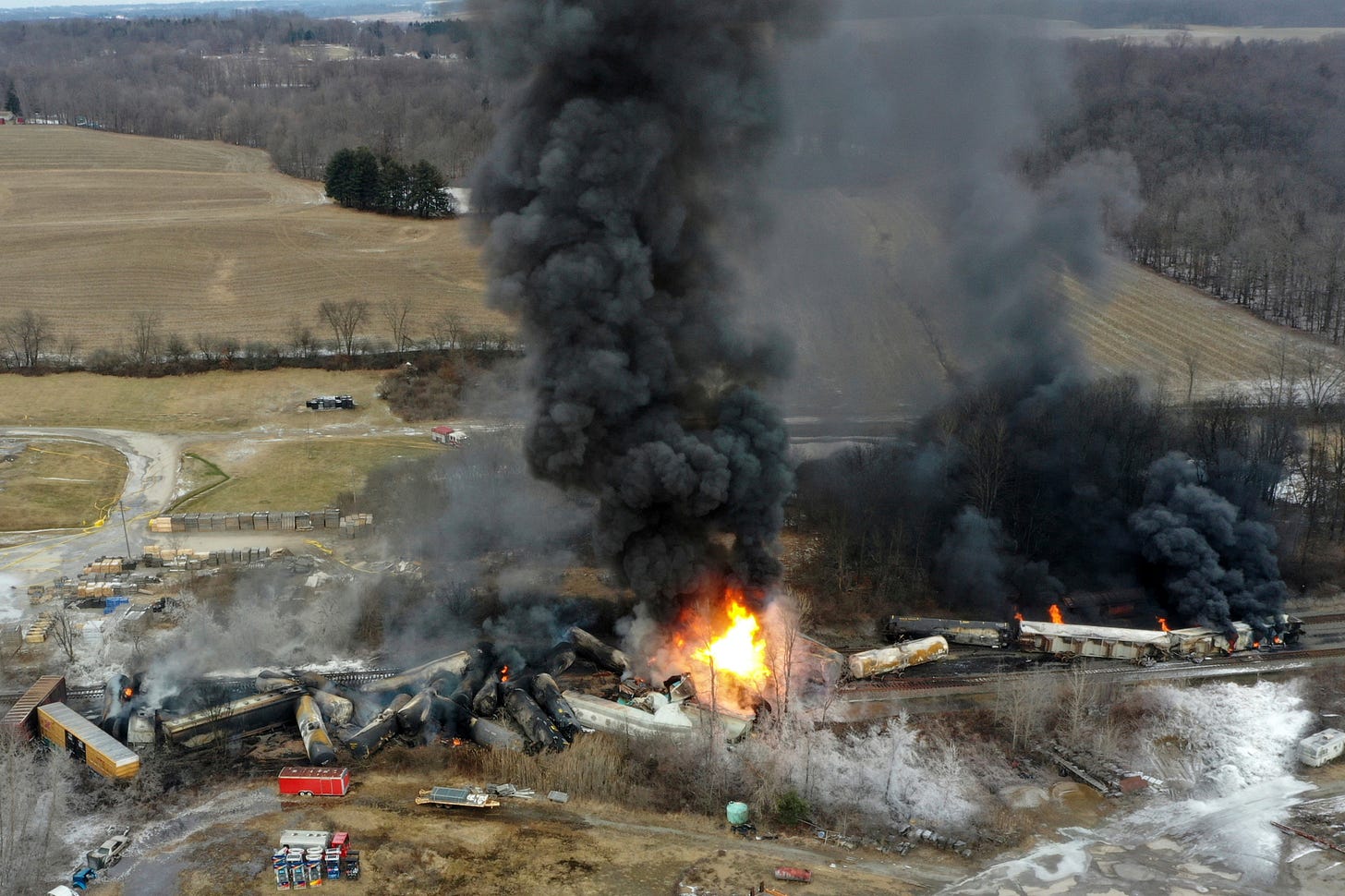
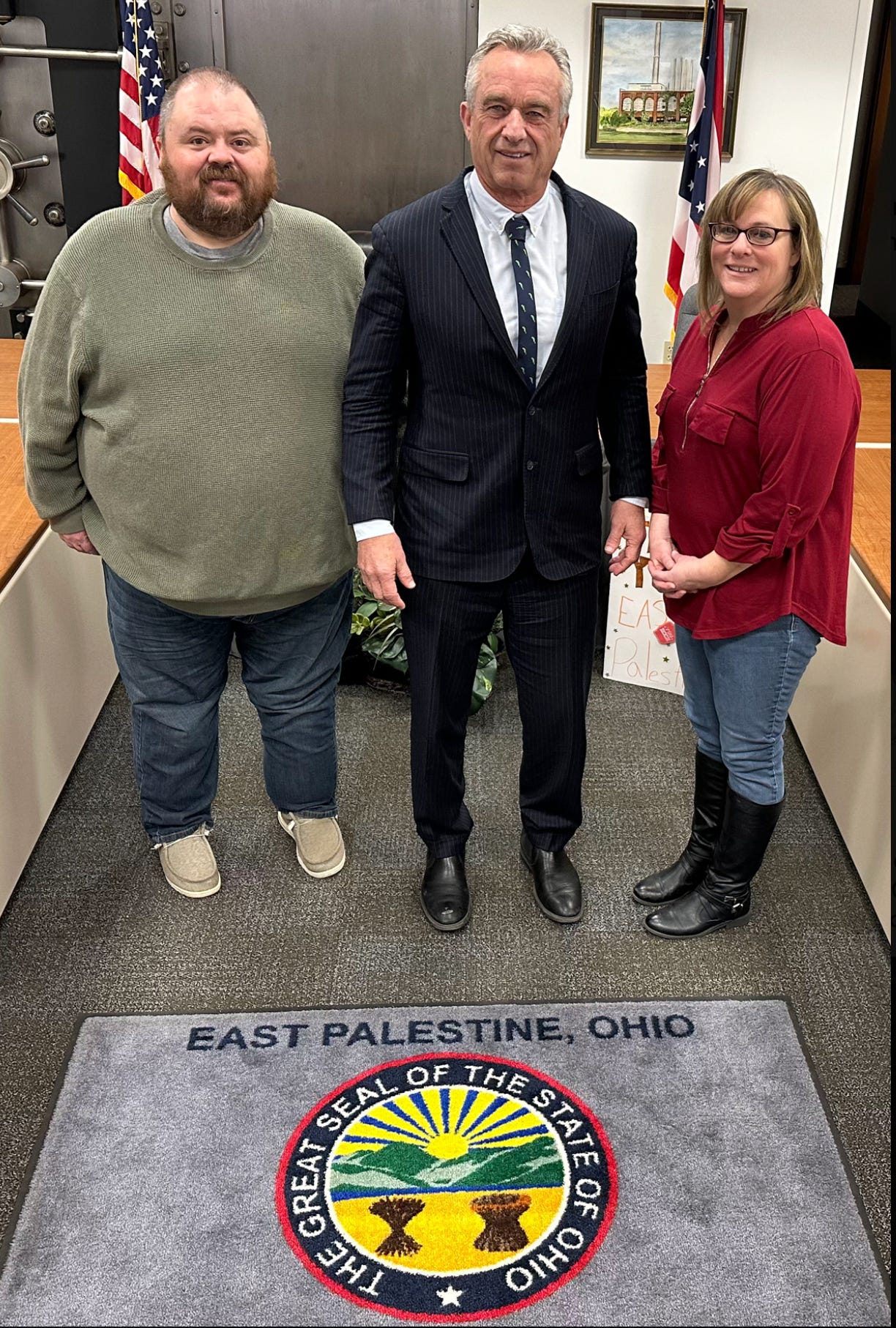
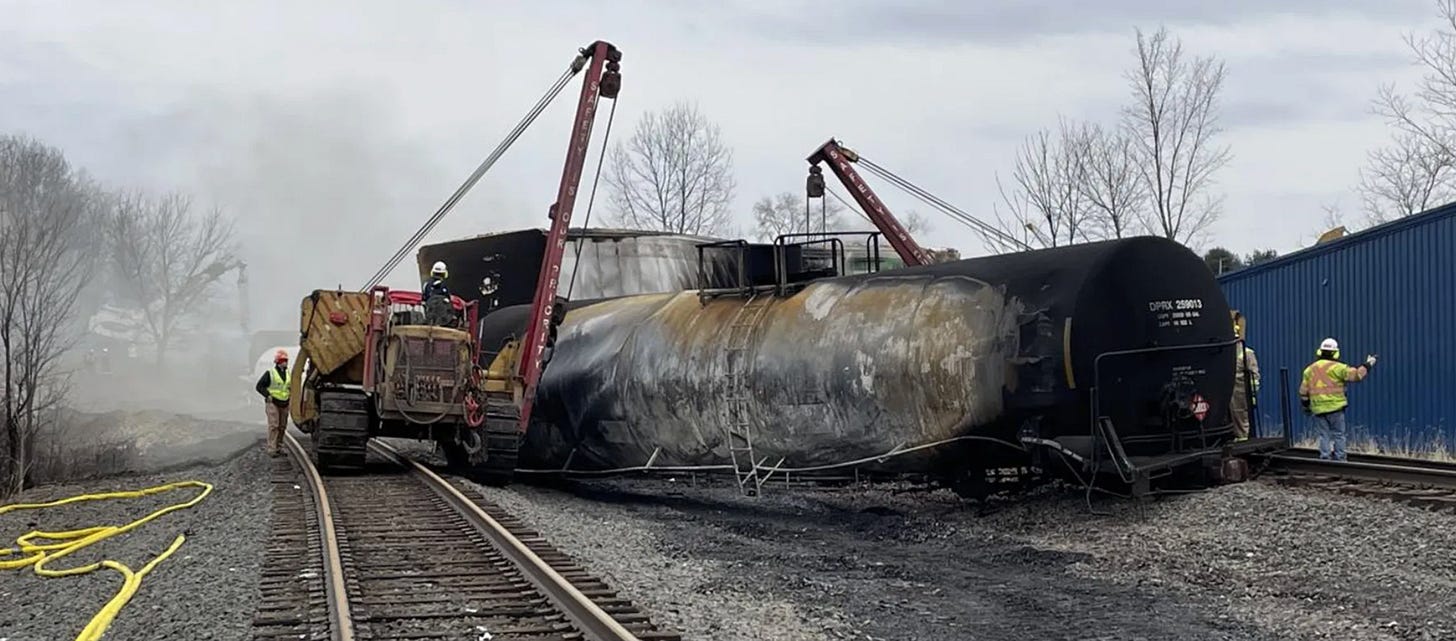
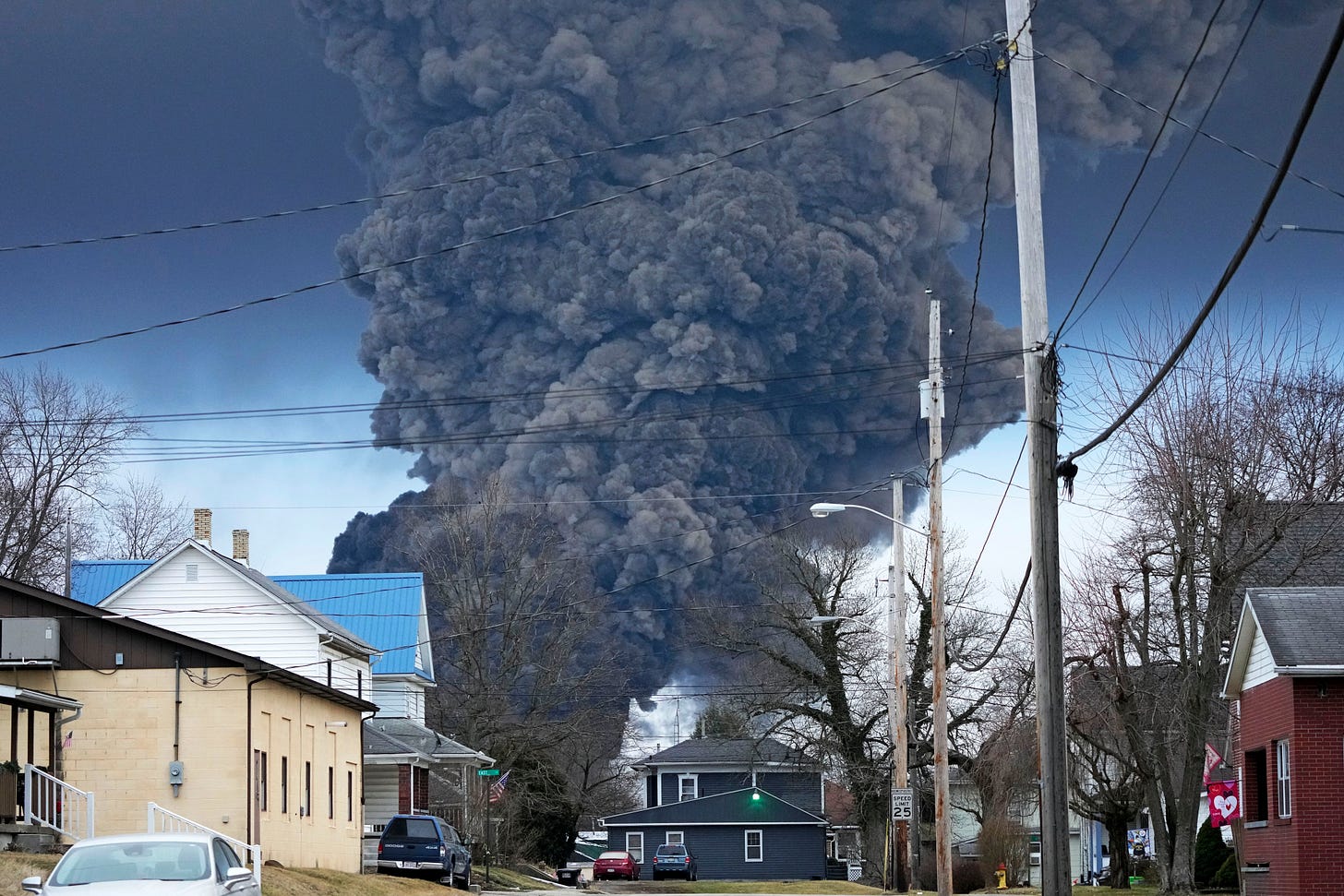
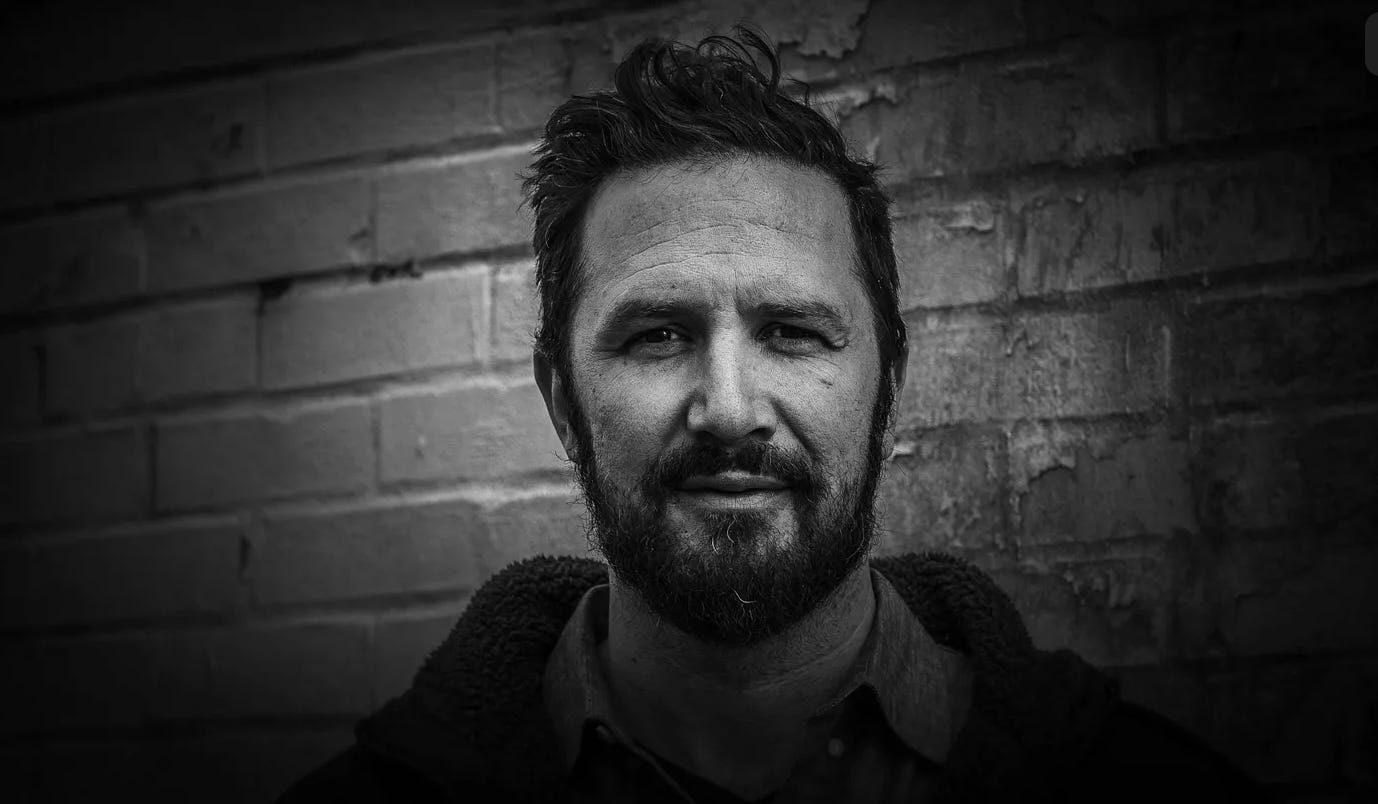
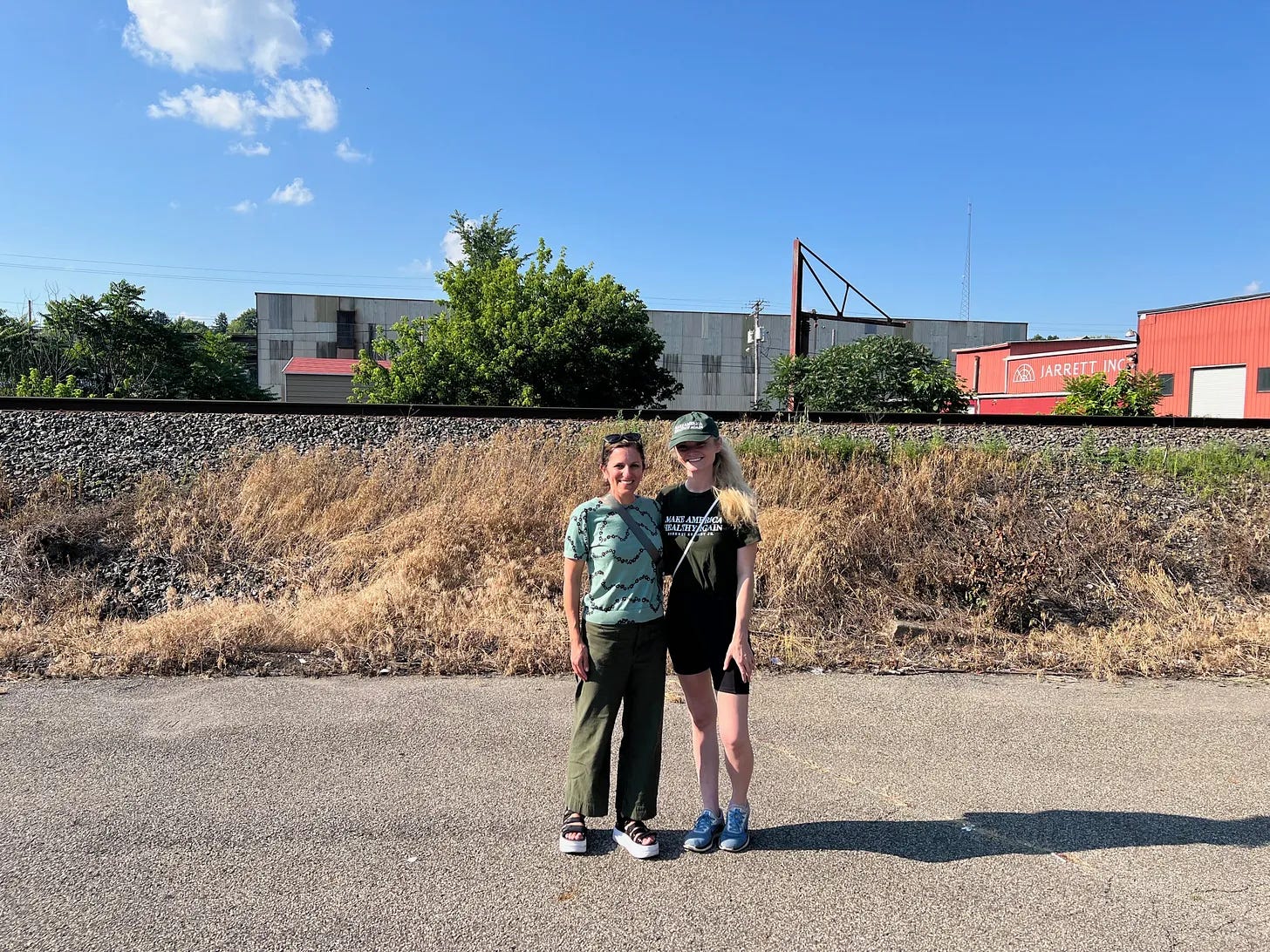


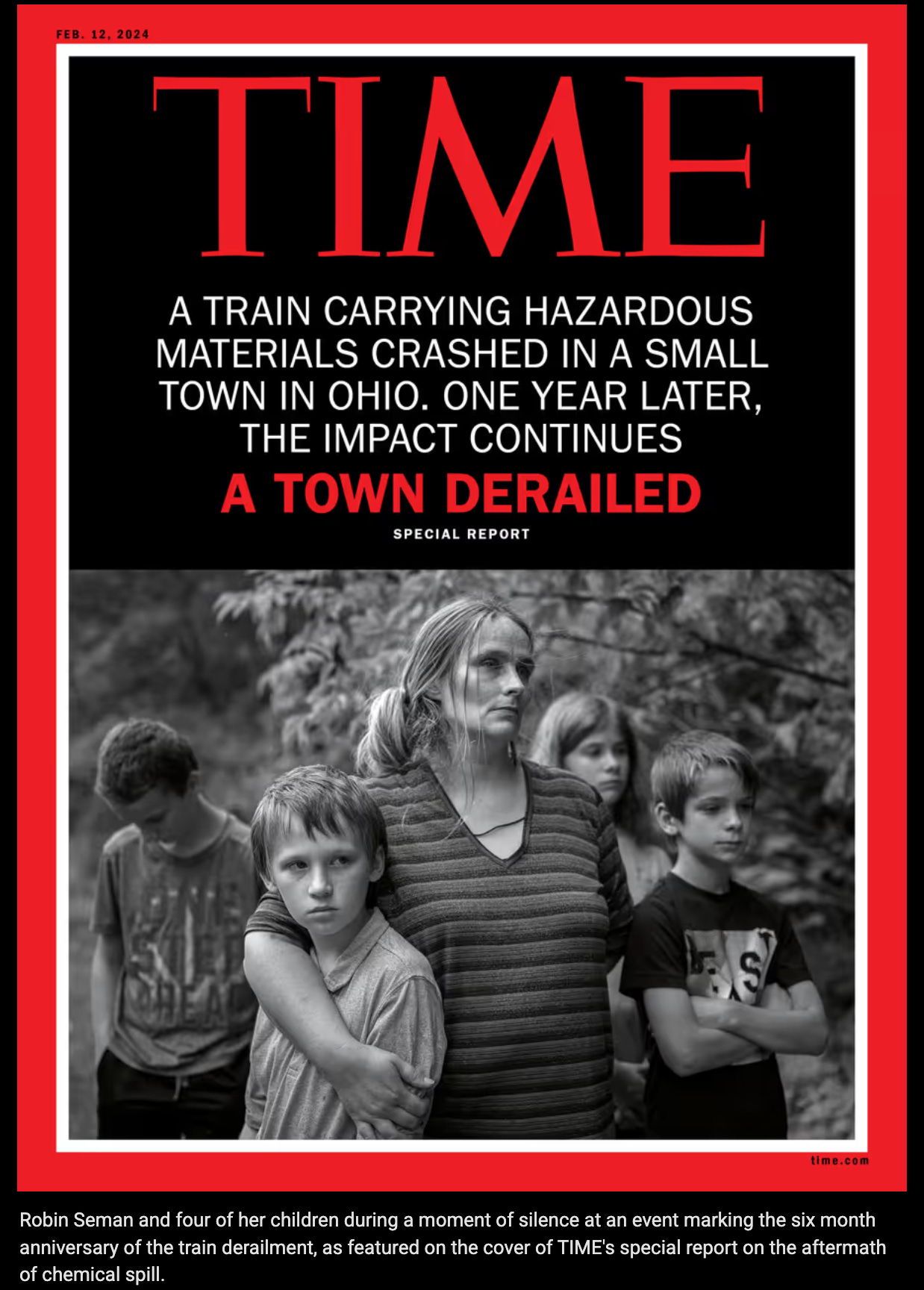

When you wrote that federal agencies were "permitted to capture the industries", you got it backwards. It's the industries that have been permitted to capture the agencies.
"The decision by the EPA and state officials to ignite the chemicals in a “controlled burn” (...)". I wonder if there really is such a thing as a "“controlled burn” when chemicals are involved. A simple internet search tells you what happens when e.g. vinyl chloride is burned - it´s not pretty. Hence the respiratory issues and irritatation of skin, eyes, nose, and throat. And that was only one compound....... Not to mention how easily this accident could have been prevented: "A 2022 railroad strike was premised (...) over cost-cutting shortcuts by railroad companies, including personnel and safety mechanisms (...)." And the people in East Palestine still suffer......who compensates the people for the contamination? Who´s paying for the remediation? Let me guess, the government does not have any money to spare at the moment (I´m not talking about some research grant but immediate help for the people) - as it goes to you-know-where.......